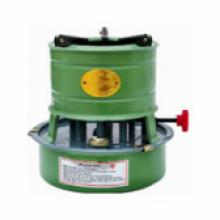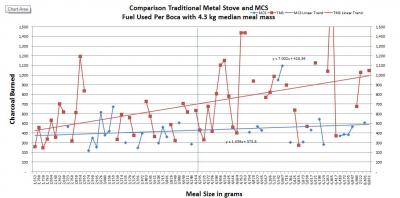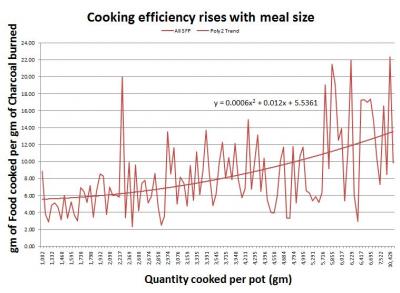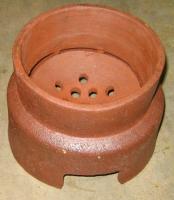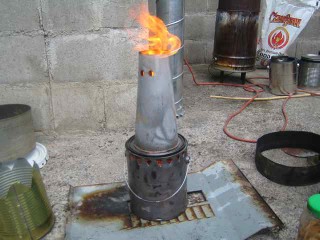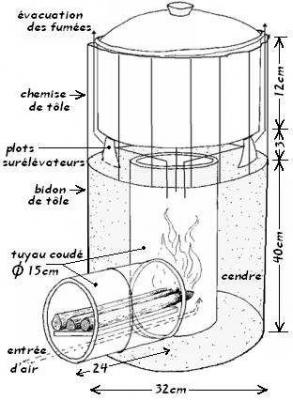Christa Roth, February, 2011
Dear all, find below the links to new publications by GIZ HERA poverty-oriented basic energy services, among them the manual on Micro-gasification: Cooking with gas from biomass. For queries please refer to the respective authors or Michael Blunck from HERA.
the HERA web site
Micro-gasification: Cooking with gas from biomass
- new link : https://energypedia.info/wiki/File:Micro_Gasification_Cooking_with_gas_f...
Micro-gasifiers: much more than „just another improved cook stove”. In this new HERA handbook, Christa Roth provides an introduction to the concept and the application of wood-gas burning technologies for cooking.
Modern Energy Services for Modern Agriculture. A Review for Smallholder Farming in Developing Countries.
http://www.gtz.de/de/dokumente/giz2011-en-energy-services-for-modern-agr...
This publication provides an overview on energy inputs required in different steps of the agricultural production chain, such as production, post-harvest and storage, processing, and commercialization.
Small-scale Electricity Generation from Biomass – Part III: Vegetable Oil
http://www.gtz.de/de/dokumente/giz2011-en-small-scale-electricity-genera...
In the third and final part of HERA’s paper series on power generation from biomass, GIZ and non-GIZ experience with electricity production from vegetable oils is compiled. While from a technology point-of-view, plant oils constitute a very viable option for off-grid power generation in developing countries, their sustainable application in daily operation for rural electrification projects still remains rare. The paper identifies remaining bottlenecks and provides recommendations for future electrification projects based on plant oil.
Carbon Markets for Improved Cooking Stoves – Revised Edition: January 2011
http://www.gtz.de/de/dokumente/giz2011-en-carbon-markets-for-improved-st...
After receiving a lot of positive feedback for the 2010 edition of the carbon market guidebook for cooking stove projects, HERA has come up with a major revision for 2011. Besides a large number of minor corrections and updates, a new chapter on “Implementing a Carbon-funded Cooking Stove Project” with information on how to practically design a carbon-funded stove project has been added. The chapter includes information on stakeholders’ roles and responsibilities, the CDM-PoA approach, recommendations on the use of carbon revenues as well as an overview on expected costs and revenues from a stove project on the carbon market.

